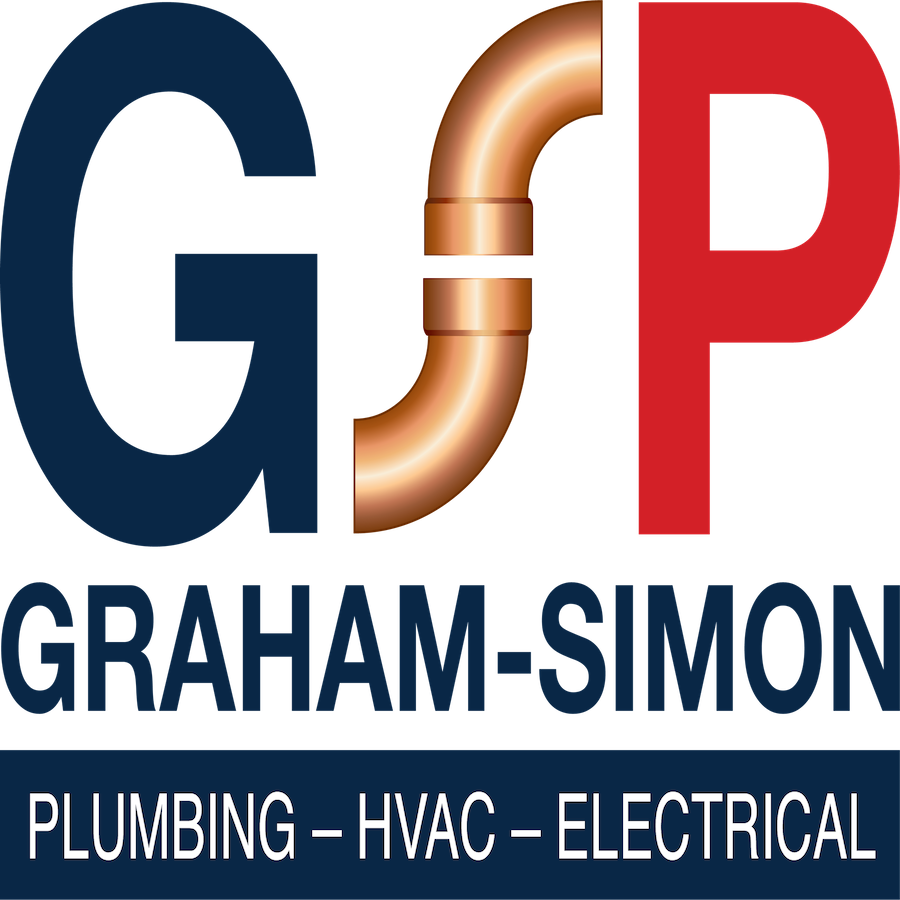How to Know When It Is Time to Upgrade Your Home Electric System
With a new electronic device hitting the market almost daily, it is understandable that you might wonder if your home can handle the growing demand for electricity. Fortunately, most new electronic devices draw very little power. A cell phone charger draws about 10 watts, and a 50-inch LED TV only draws 100 to 200 watts—compare those numbers to the 75 to 100 watts the typical incandescent light bulb requires. There are, however, a number of energy hogs that can tax a home’s electrical system. A central air conditioning system, for example, will need 3,000 to 5,000 watts to operate.
Getting More Power
The electric system in a house reflects when it was built, or at least the last time it was rewired. Houses built or rewired more than 30 years ago may have 60- or 100-amp service (amps are a measure of the quantity of electric power). Newer homes may have 150- or 200-amp service. Very large houses can have 400-amp service. The increase in amps over the years has kept pace with the number of new electrical appliances.
The amps listed on the main circuit breaker in the panel box determine the maximum amount the house can safely use. Each circuit in the house is also rated by amps. If the power demand for a circuit approaches the amps the circuit is rated for, the circuit breaker will trip and shut down power to the circuit, because there is a danger of the wiring overheating.
If you are thinking of adding a large electric appliance such as an air conditioner, electric range, electric clothes dryer or hot tub where you did not have one before, you should determine if your house can handle the increased electric load. (See “Appliances with High Electrical Demands” below.) You should also consider upgrading your system if you are planning to add living space and you cannot meet the new electric demand by adding additional circuits to the current panel box.
Appliances with High Electrical Demands
Also consider upgrading the present system if you hear hissing from the box, circuit breakers trip repeatedly or you have an old-fashioned fuse box rather than a panel box.
The best way to determine if you require an upgrade is to discuss the system with an electrician.
Upgrading electrical service means replacing the current panel box with a new larger one. The job is going to involve a licensed electrician, the utility company and a local building inspector, because you will need a building permit to have the work done. Basically, the utility will cut the power to your home from outside to enable the electrician to safely make the switch. The electrician will reattach the wiring from the existing circuits to the new box. They will also add new circuits for the new appliances or the addition. The electrician will ground the box by running a copper electrode from the box to a water pipe or a grounding electrode that is buried in the ground.
When the electrician is finished, the building inspector will check the work. If the electrical work passes, the utility company can reconnect the outside power lines. The utility company won’t reconnect the lines until the inspector signs off on the job. Be warned that the electrician or the building inspector may spot other problems with the electrical system once the job is under way. If the system does not meet the electrical code, the inspector will not allow the utility to reconnect the power lines until the problem is fixed. Sometimes the utility has to replace the cables that run from the utility pole to your house. You may be charged for this, so be sure to ask about this when you contact the utility about the upgrade.
It is important that you work with a qualified electrician. There are a number of different people involved, and you will be without power while the work is being completed, so make sure that you or your electrician has everyone on the same page.
Upgrading your electrical service can seem like an overwhelming task, but it is best to be sure your home can safely support the everyday electrical devices you need.
Need an electrical upgrade? Contact Graham-Simon Plumbing, HVAC & Elecitrcal and ask about our electrical services.
The best way to maintain a healthy electrical system is to have periodic maintenance checks conducted by a professional. Your licensed electrical technician will be able to conduct a full inspection of your system to identify potential risks before they turn into costly problems.
Sign up for our maintenance agreement for 4 professional tune-ups a year:
Precision A/C Tune–Up
Precision Electrical Tune–Up
Precision Plumbing Tune–Up
Precision Heating Tune–Up



